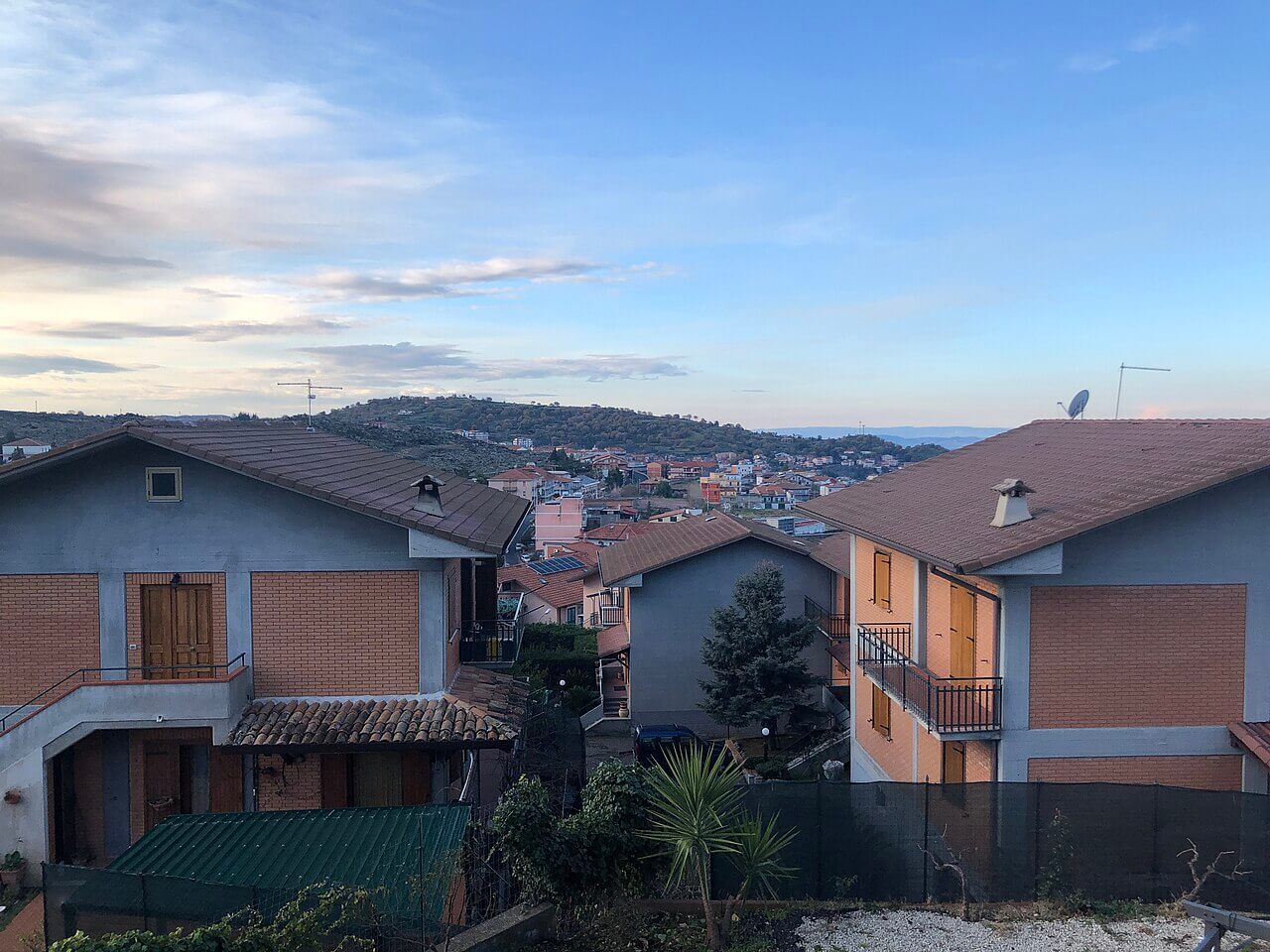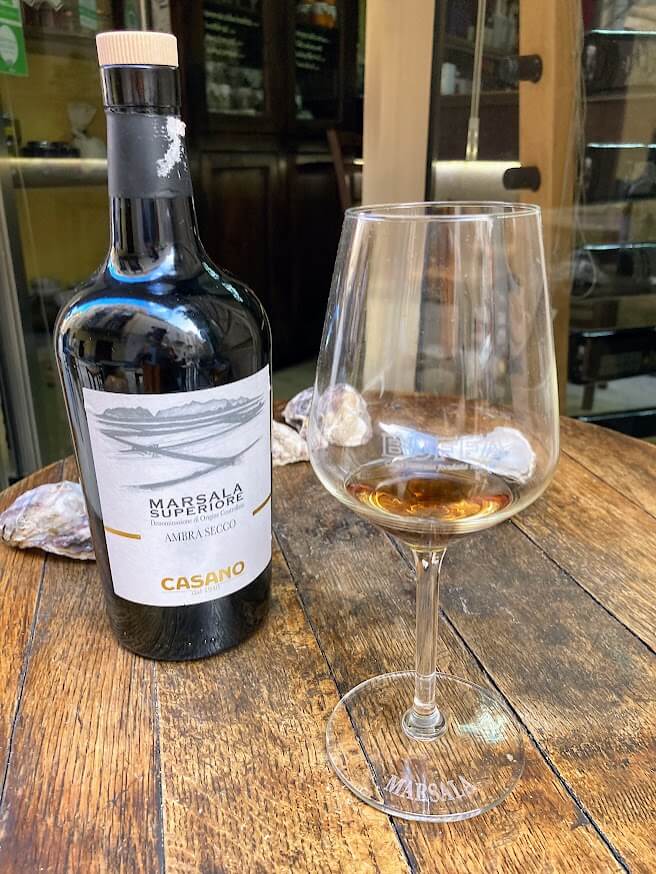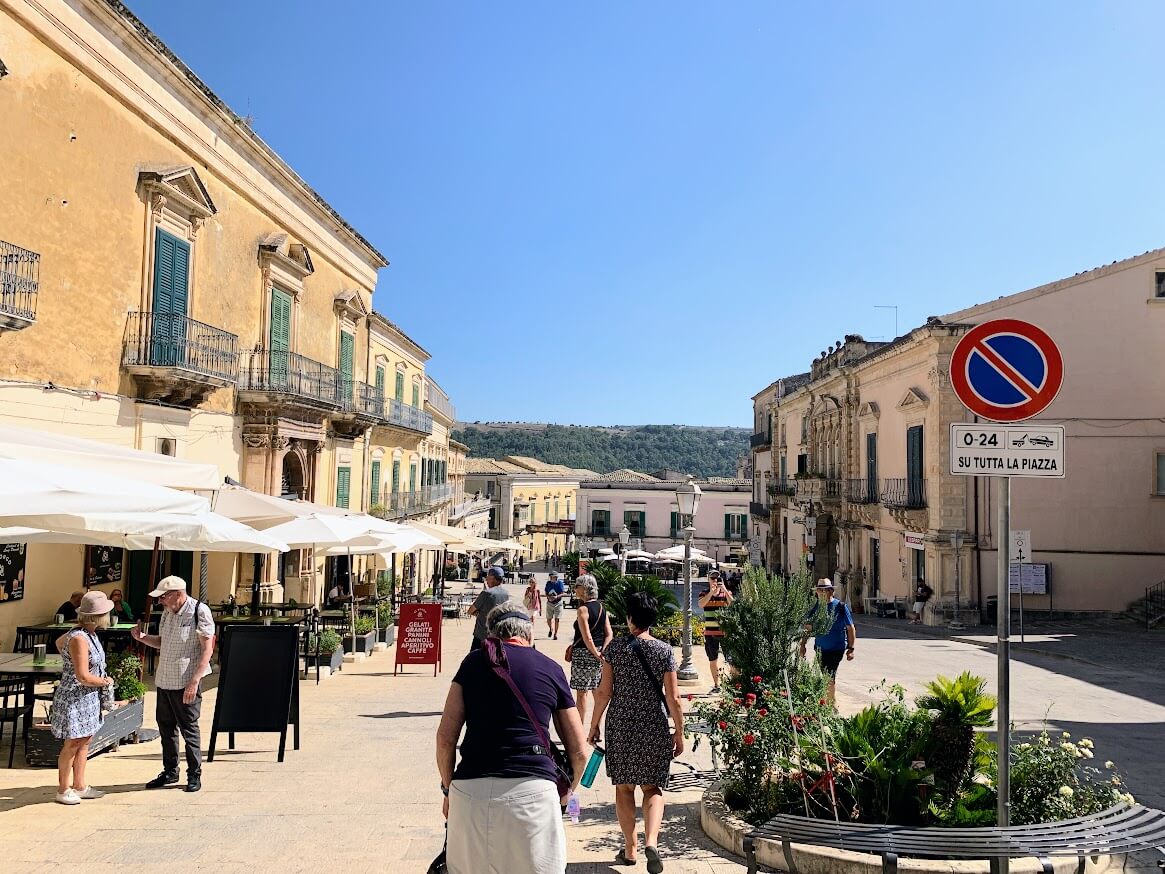- Home
- Sicilian Culture
- Sicilian Wines
Savor the Flavors: Discover the Delights of Sicilian Wines
Sicily is a region with a rich history and diverse landscape, and its wines perfectly embody this uniqueness. From the crisp and zesty whites to the bold and robust reds, Sicilian wines showcase a remarkable range of flavors and characteristics. The island's volcanic soil, warm climate, and gentle sea breeze nurture the grapes to perfection, producing exceptional wines.
Whether you're an avid wine enthusiast or just generally like wine, Sicilian wines will leave a lasting impression. Join us as we uncork the secrets of this remarkable region and savor the flavors that make Sicilian wines extraordinary.
 Winemaking in Sicily in the 1950s.
Winemaking in Sicily in the 1950s.The History of Sicilian Winemaking
Sicilian winemaking boasts a rich heritage that dates back three thousand years. The island's unique geographical position between Europe and Africa has made it a crossroads of various civilizations, many of which have contributed to its winemaking traditions.
Sicily's unique climate makes it ideal for wine growing. The island condenses Italy's different climates into the size of one island.
The Greeks were among the first to recognize the potential of Sicily's fertile lands, establishing colonies around the 8th century BC. They introduced viticulture practices and grape varieties that laid the foundation for a thriving wine culture.
Later, the Romans continued the tradition. Julius Caesar, among others, is said to have been a great fan of Sicilian wines.
By the Middle Ages, Sicilian wines began to gain recognition beyond Italy, especially with the rise of Arab influence, which brought new grape varieties and cultivation methods. The first real success of Sicilian wines in Europe, though, came with fortified Marsala wine.
The modern era brought both challenges and opportunities. The phylloxera epidemic in the late 19th century devastated vineyards across Europe, including Sicily. However, this disaster led to replanting vineyards with more resilient grape varieties and adopting new agricultural practices.
Sicilian wine production really took off in the 1980s. This was done by a new generation of enthusiastic young people with the help of EU subsidies. The standards rose even higher in the 2000s, elevating Sicily to the top of the wine world.
This millennium has seen Sicilian winemaking experience a renaissance characterized by a renewed focus on quality, sustainability, and preserving indigenous grape varietals.
Today, one-third of Sicilian vineyards are organic.
 The fertile slopes of Etna have attracted settlers for thousands of years. It's also home to many of Sicily's most famous wines. (Photo of Bronte: Davide Mauro / Wikimedia Commons)
The fertile slopes of Etna have attracted settlers for thousands of years. It's also home to many of Sicily's most famous wines. (Photo of Bronte: Davide Mauro / Wikimedia Commons)Popular Grape Varieties in Sicilian Wines
Sicilian viticulture is still primarily based on traditional varieties, although new ones have been imported abroad.
Catarratto, Grillo, and Nero d'Avola are some of the most commonly used grapes.
If you grab a random bottle of red wine from a shop shelf in Sicily, it will likely be Nero d'Avola. It is the most widely grown red variety there.
Known for its deep color and rich flavors of dark fruits like blackberry and plum, Nero d'Avola offers a plush mouthfeel and a balanced acidity, making it versatile for various food pairings.
After Nero d'Avola, the most popular red grape is Nerello Mascalese. It has grown in popularity, especially in the 2000s. Nerello Mascalese thrives on the slopes of Etna. It is often blended with Nerello Cappuccio.
Frappato is another indigenous red grape that deserves attention. This lesser-known varietal is often blended with Nero d'Avola to create the renowned Cerasuolo di Vittoria DOCG, Sicily's only DOCG wine.
With its lighter body, Frappato offers bright red fruit flavors, floral notes, and a hint of spice. The result is an aromatic and refreshing wine, making it a fantastic choice for those who prefer a more easy-going style.
Catarratto is the most popular white grape variety. Its wines are soft, dry whites. Many are exported, making them easy to find outside of Sicily, too.
Other much-grown white varieties are Grillo and Inzolia. Both are used primarily for producing Marsala wine. Still, Grillo, when used alone, has also evolved into a beloved varietal for dry white wines.
With notes of citrus, green apple, and tropical fruits, Grillo wines are refreshing and perfect for sipping on warm summer days. Their versatility also makes them ideal companions for seafood dishes, a staple of Sicilian cuisine.
Overall, Sicilian wines are distinguished by their diverse flavor profiles. Depending on its place of cultivation, each grape has a distinct character that cannot be replicated elsewhere, thanks to various microclimates across the island.
 Drinking Marsala in Marsala.
Drinking Marsala in Marsala.Wine Regions
Sicilian wines have 23 DOCs (Denominazione di Origine Controllata, a quality assurance label for Italian wines) and one DOCG (Denominazione di Origine Controllata e Garantita, the highest-quality classification for Italian wines).
These classifications ensure that the wines meet specific quality and production standards. There are three main wine-growing areas and one DOC that covers the whole of Sicily.
The one that covers the whole island is called Sicilia DOC. Its winegrowers are committed to preserving the island's traditional grapes, such as Grillo, Nero d'Avola, Frappato, Catarratto, Inzolia Grecanico, and Perricone.
The use of international varieties is still allowed.
Sicilia DOC preserves traditions and promotes Sicilian wines abroad. A Sicilian wine producer can obtain a label for his wine if he passes the quality control of the DOC rules.
The slopes of Etna provide a growing medium for a wide variety of crops, including citrus, pistachio, and vines. Etna wines were granted DOC status in 1968, and they are now trying to get a DOCG.
The unique feature of the Etna slopes is the substantial variation in climate, depending on the altitude and soil. The even higher-than-usual diversity of microclimates across the Etna region contributes to the unique flavor profiles of Etna wines.
In Etna, each farm has a distinctive profile; you will not find two wines alike on these slopes. Many of the wines are grown on terraces that follow the old lava flows, which adds to its unique characteristics.
The main varieties are red Nerello Mascalese and white Carricante. The characteristics of Nerello vary greatly depending on the altitude and environment in which it is grown, resulting in many personal variants.
Carricante is often used alone or mixed with other local white grapes, such as Catarratto. When grown on the slopes of Etna, Catarratto, too, acquires subtle nuances not found elsewhere.
And then there is Marsala, the most famous Sicilian wine. This fortified wine, made by blending, has been a staple of Sicilian cuisine for centuries.
The Marsala wine tradition is deeply rooted in local culture. It is often enjoyed as an aperitif or paired with desserts, and its unique flavor profile makes it a standout among Sicilian wines.
Marsala became a European hit in the 19th century when Madeira's production was interrupted. Since then, Marsala has faced some setbacks but emerged victorious and gained its reputation in the 2000s.
Marsala is a town on the west coast of Sicily. Marsala DOC wines are produced in its surroundings using traditional methods. The former Inzolia and Catarratta grapes have mostly been replaced by Grillo. However, the grapes vary: the DOC standards allow ten varieties.
Marsala wines are categorized according to aging time, sweetness, and color. For more information on these, see HERE.
In the southeastern part of Sicily, the Val di Noto region is gaining recognition for its high-quality wines, particularly those made from indigenous grapes. From these parts arise Cerosuolo di Vittoria DOCG.
It is located in warm conditions near sea level. The conditions favor red grape varieties.
It is the only DOCG in Sicily, awarded in 2005. Nero d'Avola accounts for 50-70% of the total and is balanced by Frappato. The region's wines are refined overall, and the best tend to have more Nero d'Avola.
Cerasuolo di Vittoria DOCG has two categories: 'rosso' (ordinary) and 'classico'. The former is aged for 8 months, the latter for at least 18 months.
This area benefits from a warm climate with plenty of sunshine, which allows grapes to ripen while retaining their acidity.
 Ragusa is one of the many towns worth visiting in the Noto Valley area.
Ragusa is one of the many towns worth visiting in the Noto Valley area.Conclusion: Exploring Sicilian Wines
Sicilian wines reflect the island's rich heritage, diverse terroir, and dedication to quality. From the ancient traditions of winemaking to the modern innovations embraced by today's vintners, Sicilian wines are all about the unique character of the land and its people.
In a world where wine is often produced globally, Sicilian wines stand out for their authenticity. As you delve deeper into this fascinating region, you'll uncover the stories and passion behind each and every bottle.
So, uncork a bottle of Sicilian wine, savor the flavors, and let them transport you to the sun-drenched vineyards of Sicily, where every sip reminds you of the island's extraordinary heritage.
(This page last edited: September 30, 2025)
Recent Articles
-
Honeymoon in Sicily: Where Landscapes Stir the Heart
Dec 17, 25 12:21 PM
Honeymoon in Sicily: Timeless temples, coastal hideaways, slow meals, and landscapes that invite closeness. -
Best Time to Visit Sicily: Your Seasonal Guide
Dec 05, 25 04:23 AM
Find the best time to visit Sicily. Explore seasonal weather, crowds, prices, and highlights. -
Where to Stay in Sicily: Top Areas for Every Traveler
Nov 27, 25 08:14 AM
Where to stay in Sicily: A guide to the island’s best regions, helping you choose the perfect base for your trip.
Follow MANY FACES OF SICILY on Facebook, Instagram, Bluesky & Tumblr
Contact: vesa@manyfacesofsicily.com







